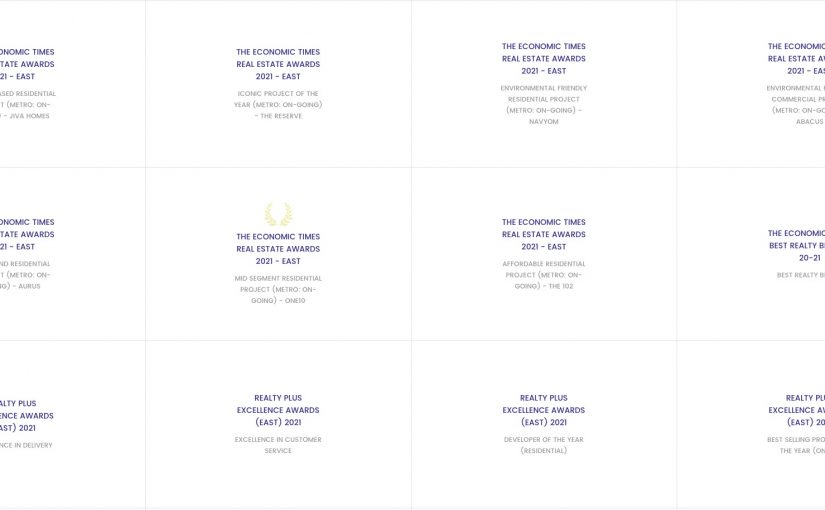By
|
Getting your Trinity Audio player ready...
|
To know which home loan is best, you need to be aware of the new RBI guidelines with regards to home loan sanctions. With effect from October 1, 2019, the Reserve Bank of India (RBI) directed all local area banks, small finance banks and scheduled commercial banks (except regional rural banks) to link interest rates of home loans and all other retail loans to an external benchmark. As a result, most of the commercial banks chose RBI’s repo rate as the external benchmark which is linked to all floating rate loans. However, apart from RBI’s repo rate, banks can also choose among the following benchmarks to link loans: Government of India 3-month Treasury bill yield by Financial Benchmarks India (FBIL), Government of India 6-month Treasury bill yield by FBIL or any other benchmark market interest rate published by FBIL.
This decision was taken to attain a greater level of transparency and faster transmission of policy rate changes. Unlike the previous regime of MCLR (marginal cost-based lending rate), when RBI cut the repo rate, benefits were not necessarily passed on to the customers. However, after RBI increased the repo rate, banks also increased the interest rates on loans. This is good news for borrowers seeking the answer to the question— which home loan is best!
Let’s study a few must-know things before you apply for a home loan in India
Understanding home loan interest rates

Choosing the best interest rates is part of your home loan decision, therefore before applying for a home loan, every prospective borrower first considers the home loan interests. If you want to know which home loan is best, finalizing the best interest rate becomes crucial in a home loan deal. To help you make an informed decision, let’s understand a little more about the types of home loan interest rates that are categorized into two types: Fixed interest rates and Floating interest rates. You will have to choose between these two types of interest rates.
- Fixed Interest Rate: The biggest advantage of a fixed interest rate is that it is not affected by fluctuations or other changes in the financial market conditions or trends. Therefore, it is one of the preferred choices when the market condition is poor. Furthermore, in cases when the financial market is anticipated to drop or to rise, borrowers usually opt for a fixed interest rate. Finally, given the name, the interest rate is fixed— an unchanging rate charged on liability, and the home loan is repaid in equal installments according to the loan tenure.
- Floating Interest Rate: Based on its name, the interest rate is volatile and keeps floating according to the changing market situation. The interest rate is decided on the base rate offered by various lenders. Therefore, when the base rate changes, the interest rate is also revised. The floating interest rate has become a popular choice among homebuyers, as several banks and NBFCs are offering this type at low rates. With the Indian economy recovering slowly but surely from the economical loss of the Covid-19 pandemic, the Reserve Bank of India has brought the repo rate at a record low of 4% to foster lending and to revive the economy. This has led the banks to reduce their floating interest home loan to a surprisingly low rate — a delight for homebuyers!
Comparison between Home Loans Interest Rates
Let’s draw a comparison between the two types of interest rates, to help you choose better which home loan is best—
| Fixed Interest Rate | Floating Interest Rate |
| The interest rate is high. | The interest rate is low. |
| It is not affected by financial market conditions. | It is affected by the financial changes in the market. |
| It has fixed EMIs. | The EMIs change as per interest rate or MCLR. |
| Budget planning is possible as it remains unaffected by market conditions. | A home loan is long-term, therefore with a volatile market, it is difficult to budget or manage financials. |
| Provides a sense of security. | Help to generate savings. |
| Suitable for short/medium term (3-10 years). | Suitable for long term (20-30 years). |
| Lesser risk. | Higher risk. |
Home Loan EMI

Home Loan Equated Monthly Installment (EMI) includes repayment of the principal amount and payment of interest on the outstanding amount of the home loan. In case of longer loan tenure i.e. for a maximum period of 30 years, the EMI rate tends to reduce. Knowing EMI is important for the calculation of home loan eligibility and makes your home buying process easier.
Every borrower wonders how home loan EMI is calculated. The easy to use online EMI calculators assist in calculating the EMI loan installment against the home loan. As the calculator provides a clear understanding of the payable EMI amount, you will be able to calculate the monthly spending towards the housing loan, the calculator thus also works as a financial planning tool for homebuyers, helping you to make the right choice for which home loan is best.
How home loan emi is calculated?
You will need the following inputs to calculate home loan EMI online:
- Loan Amount: Enter the desired loan amount.
- Loan Tenure (In Years): Enter the desired loan term of the housing loan. Remember, a longer loan tenure enhances the eligibility.
- Interest Rate (% P.A.): Finally, enter the input interest rate.
Remember, as per the new RBI guidelines, at least once in three months, banks need to reset the home loan interest rates linked to the external benchmark. This decision implies that any change in the external benchmark rate would mandatorily pass on to the customer within three months of the change in the external benchmark.
Important factors that impact your interest rate and EMI

- MCLR Rate: The (Marginal Cost of Funds based Lending Rate) is the minimum interest rate that a bank can lend. Your interest rate increases or decreases based on the charges in the MCLR rate.
- Type of Interest: The two types — fixed and floating interest rate influences your interest rate and EMIs.
- Loan-to-Value (LTV) Ratio: This refers to the percentage of the property value that is financed through the loan.
- CIBIL Score: This is a statement of your repayment history, financial habits, and creditworthiness. A lower credit score indicates higher credit risk, thus causing lenders to charge a higher interest rate. A higher credit score involves lower credit-risk and lowers interest rates. A good CIBIL score allows lenders insights into the borrower’s past financial behavior.
- Location of the Property: This plays an important role in the interest rates you are charged with. Properties with good connectivity and developed locations have good resale value and thus have lower interest rates.
- Income stability: Borrowers with stable income are evaluated as low-risk, in comparison to borrowers who have an unstable income who are considered high-risk. Stable salaried professionals thus have lower interest rates.
- Loan Tenure: Tenure impacts your loan repayment amount. It is therefore an important factor to consider while opting for a home loan. When you apply for a shorter loan tenure, you can repay your home loan within a short time. However, the shorter the loan tenure, the higher the EMI, and vice versa — as a shorter loan tenure also means that the borrower pays a higher repayment amount. With a longer loan tenure, your EMI amount decreases, it thus gives you enough time to repay the loan. But a longer tenure also means higher interest cost as the interest amount is paid for a longer period. Remember to evaluate your financial condition before choosing the loan tenure.
- Co-borrowing with spouse: In India, the lowest interest rates are often reserved for female borrowers. Co-borrowing with spouse therefore is a common trend among home-buyers in India to avail the lowest interest rate.
- Amount of down payment: Your chances of loan approval are higher if you pay a higher down payment. The high amount also results in a lower loan amount, which in turn gives you lower EMI and interest outgo. On the downside, a higher down payment requires you to sacrifice your savings, and emergency funds.
Key Points that will help you decide which home loan is best

- Carry out thorough research of banks that offer the cheapest home loans.
- Read the desired bank’s eligibility criteria carefully before you apply for a home loan with the bank.
- Keep photographs, ID proofs, address proofs and employment proofs, along with other documents handy at all times.
- Do not provide illegitimate documents, as this will land you in trouble.
- Carry the original documents during personal meetings with the bank representative.
- Being eligible for a home loan doesn’t necessarily mean you can borrow a higher sum.
- Make the best use of the opportunity as interest rates are negotiable.
- Remember there is a separate fee for processing the loan, reality check, site estimation and other administrative works.
- Follow through all the stages of the valuation and verification process.
- Read every loan document carefully before signing.
In closing
Borrowers in India can have as many home loans as they desire. Although the process of acquiring a home loan in India is lengthy and complex, no law bars borrowers from servicing a single home loan at a time. However, you need to evaluate your repayment capacity. This is the sole criterion if you wish to obtain multiple home loans, as lenders sanction loans by gauging the repayment capacity of the borrower. Furthermore, lenders also evaluate the borrower’s income, age, qualifications, savings, work experience, etc.
You should also go through our latest and insightful blogs “Buying a flat in Kolkata? Six tips to manage home loan EMIs” and “List of Documents Required for Home Loan in India“
Leave a comment







